You’ve probably found yourself frantically waving flour-covered hands at your voice assistant, only to have it completely ignore your desperate pleas to set a timer. While these smart devices promise hands-free convenience in the kitchen, they often fall short when you need them most. The good news? A few strategic adjustments to how you interact with your voice-controlled timer can transform these frustrating moments into seamless cooking experiences that’ll change how you approach meal preparation.
Speak Clearly and Use Precise Commands
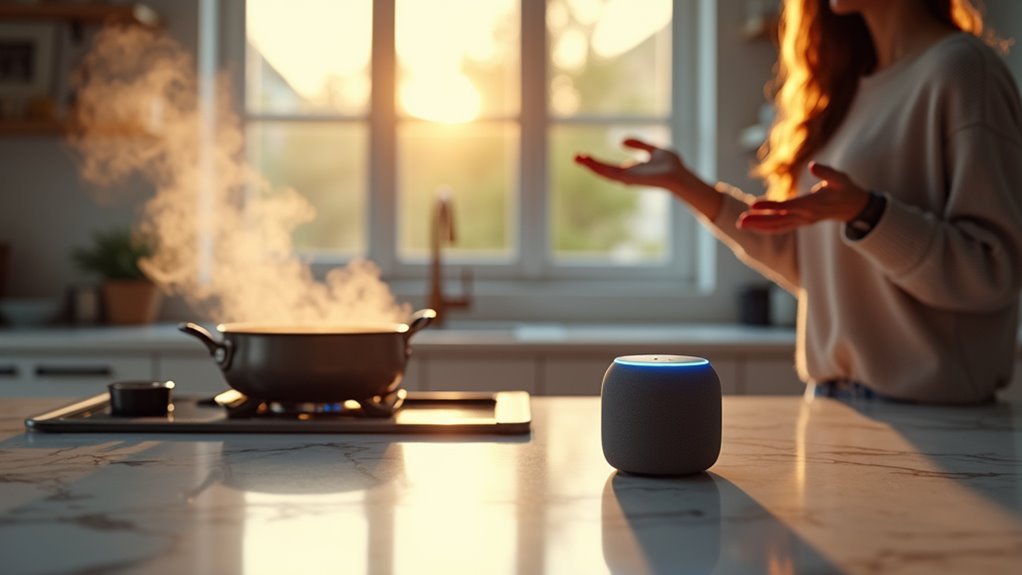
When using voice-controlled kitchen timers, you’ll achieve the best results by speaking clearly and deliberately at a moderate pace. Your voice commands should be specific and direct—say “set timer for fifteen minutes” rather than mumbling unclear instructions.
Smart devices rely on precise voice activation to function properly, so articulate each word distinctly. Use exact phrases your device recognizes for cooking times. Most timers respond better to “Set a timer for ten minutes” than casual variations.
Minimize background noise from appliances, music, or conversations that might interfere with recognition. Practice different commands regularly to help your device learn your speech patterns.
Do a regular check of your timer’s wake word requirements, as proper activation guarantees successful interaction every time.
Position Your Device for Optimal Voice Recognition
Since proper device placement greatly impacts voice recognition accuracy, you’ll want to position your device between 3 to 6 feet from your main cooking area. This distance guarantees ideal microphone sensitivity while reducing background noise interference.
Don’t place your voice controlled timer in corners or behind obstacles, as this obstructs sound waves and decreases performance.
Avoid placing your voice timer in corners or behind obstacles, which blocks sound waves and reduces recognition performance.
Position the device at ear level rather than on countertops or high shelves for direct sound capture. Minimize background noise from running appliances like microwaves or dishwashers during voice commands.
When shopping for timers, consider models with advanced voice recognition technology that filter out ambient sounds and focus specifically on your commands, considerably enhancing overall functionality and reliability.
Master Multi-Timer Management for Complex Recipes
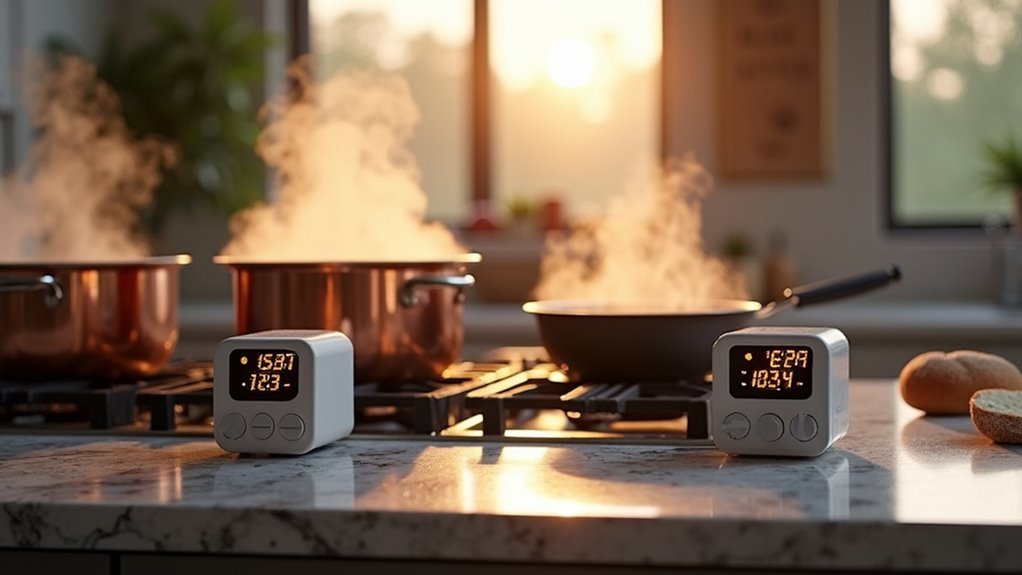
How do you juggle multiple dishes without losing track of cooking times? Voice commands with smart home devices make managing complex recipes effortless. You can set timers hands-free while your hands stay busy with food prep, eliminating the confusion that comes with traditional timing methods.
Here’s how to master multi-timer management:
- Start with longest cooking times first – Begin timing your main dish, then stagger additional timers as you add other components to avoid overwhelming yourself.
- Use labeled voice commands – Say “set pasta timer for 8 minutes” or “set chicken timer for 25 minutes” so your device distinguishes between multiple timers clearly.
- Include resting periods – Set timers for both cooking and resting times to guarantee best flavors and textures.
These timers can help transform chaotic cooking into organized culinary success.
Customize Timer Names and Alert Sounds
While managing several timers becomes second nature with practice, you’ll find that customizing timer names and alert sounds takes your kitchen efficiency to the next level.
When you set multiple timers, unique names like “Pasta,” “Roast,” or “Bread” eliminate confusion and help you track different dishes effortlessly. You can customize timer names using voice commands or select from preset timer names that match your recipes.
Personalizing alert sounds enhances your cooking experience by making each timer instantly recognizable. You’ll distinguish between your oven timer’s chime and your stovetop timer’s beep without missing a beat.
Adjust volume levels to cut through kitchen noise, and save your favorite combinations as presets for maximum efficiency and convenience during future cooking sessions.
Troubleshoot Common Voice Recognition Issues
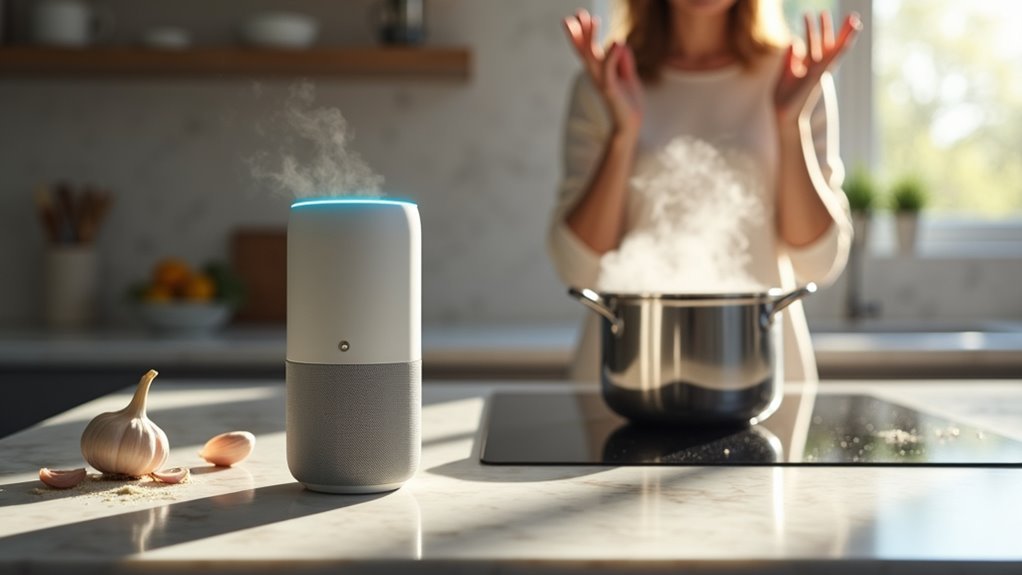
Although voice-controlled kitchen timers offer remarkable convenience, you’ll occasionally encounter recognition hiccups that can disrupt your cooking flow. When your device struggles to understand commands, these strategies will help you troubleshoot effectively.
Voice recognition issues can interrupt your cooking rhythm, but simple troubleshooting techniques will restore smooth kitchen timer functionality.
- Optimize your environment – Position the timer away from noisy appliances and speak within close proximity. Background noise from blenders or sizzling pans considerably impacts voice recognition accuracy.
- Improve your speech patterns – Speak clearly at a moderate pace when you set timer commands. Rushing through instructions often leads to misinterpretations, especially with complex timing requests.
- Update and train your device – Regular software updates resolve bugs while voice training features help the timer adapt to your accent and speech patterns, enhancing overall performance.
Frequently Asked Questions
What Is the Best Kitchen Timer on the Market?
You’ll find the Moshi Voice Controlled Talking Alarm Clock stands out as the best kitchen timer available. It offers hands-free operation, interactive voice responses, and seamlessly integrates with smart home systems.
How to Use a Kitchen Mechanical Timer?
You’ll wind the timer clockwise to maximum first, then rotate the dial to your desired cooking time. Listen for ticking sounds while it counts down, then it’ll ring when finished.
Do They Use Timers in Professional Kitchens?
Professional kitchens absolutely use timers extensively. You’ll find chefs running multiple timers simultaneously to track various dishes, ensuring consistent quality and preventing overcooking. They’re essential for managing busy service periods efficiently.
How to Set a Digital Kitchen Timer Clock?
You’ll press the timer button to activate the function, then input your desired cooking duration using hours and minutes. Adjust the volume settings so you can hear alerts over kitchen noise.

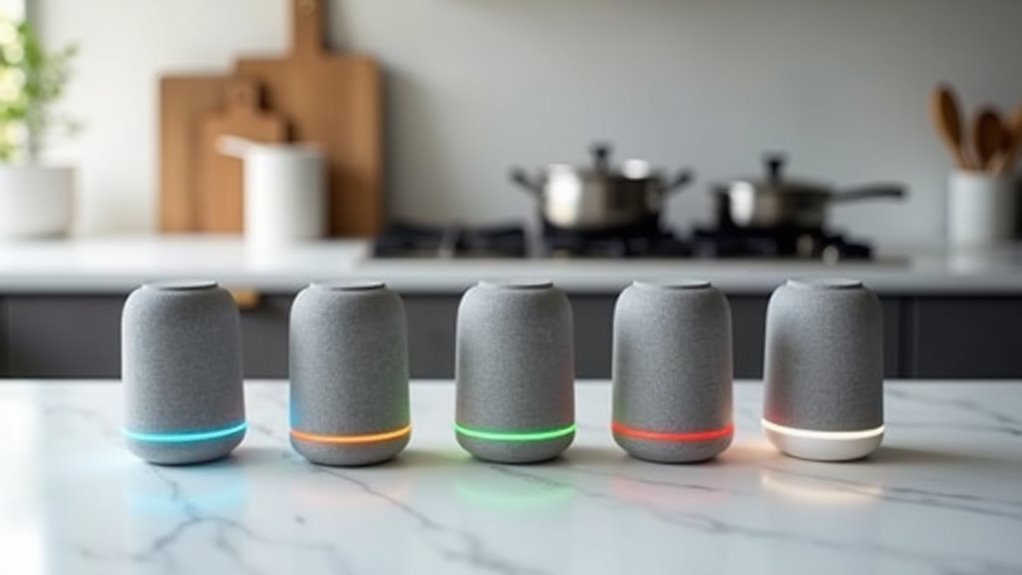

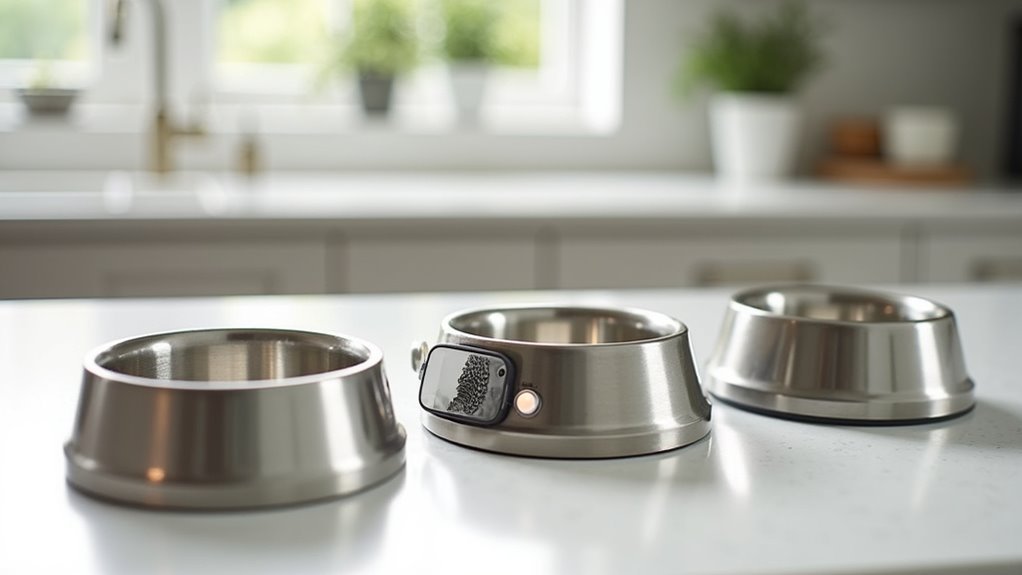
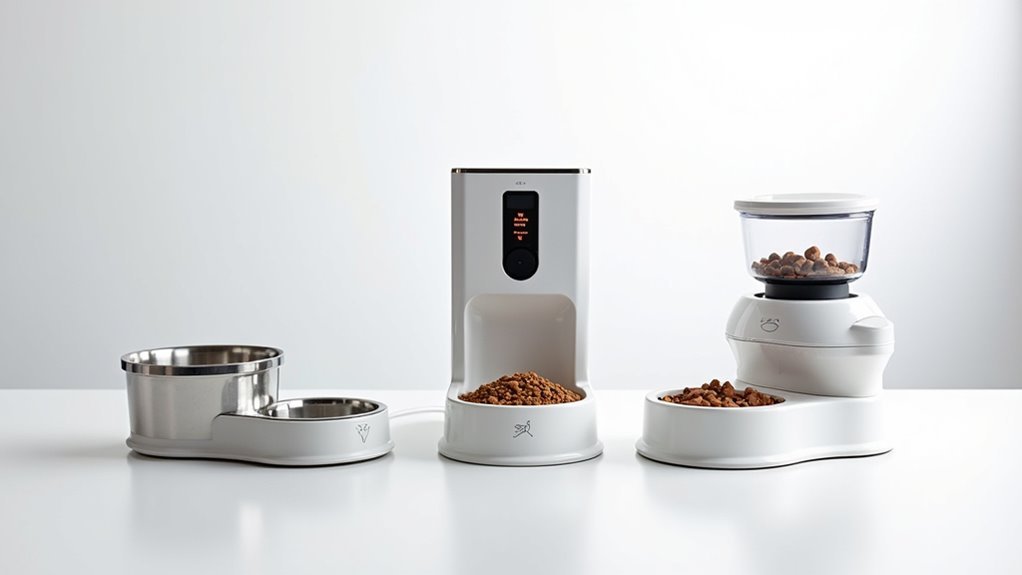
Leave a Reply